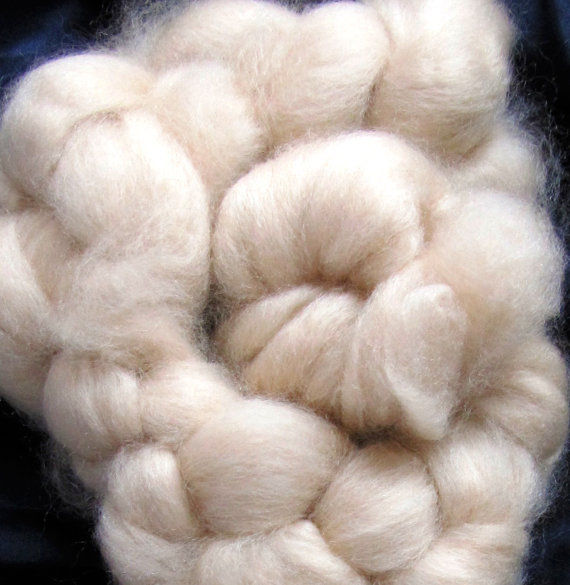Understanding the Different Kinds Of Cashmere a Natural Fiber and Their Unique Benefits

The Beginnings of Cashmere: A Historical Overview
While the extravagant touch of cashmere continues to charm contemporary consumers, its beginnings trace back to the harsh, cold environments of Mongolia and the Himalayas. For centuries, the aboriginal individuals of these areas have actually been raising Capra Hircus goats, the prime resource of cashmere woollen. These goats, resistant against the extreme winters months, grew a great undercoat to make it through, which later came to be called cashmere. The name itself admires Kashmir, an area in India where the woollen was originally processed. Much of the very early cashmere profession route was promoted by the Silk Roadway, attaching Asia with the Middle East and Europe. Despite its international spread, the finest cashmere is still believed to originate from the original areas of Mongolia and the Himalayas.

The Manufacturing Process: From Goat to Garment
Shearing a Capra Hircus goat notes the beginning of the detailed cashmere production procedure. This delicate treatment normally occurs annually during spring. The penalty, soft undercoat is then divided from the coarser outer hair, a process called dehairing. The resultant raw cashmere is after that washed to remove contaminations such as grease, dirt, and veggie matter.
The tidy fiber is subjected to dyeing, rotating, and weaving, or knitting, to transform it right into a fabric. Complex procedures such as quality assurance checks and finishing procedures comply with, making sure the end item preserves the lavish standard expected of cashmere. This painstaking procedure, from goat to garment, justifies the high cost affixed to cashmere products, making them an icon of luxury and improvement.
The Different Sorts Of Cashmere: An Extensive Evaluation

The Distinct Advantages of Cashmere: Comfort and Sustainability
Moving from the variety of cashmere types to the advantages they supply, comfort and sustainability attract attention plainly. Cashmere, an all-natural fiber, is renowned for its unequaled soft qualities, giving a level of convenience that synthetic fibers can't match. The product's lightness, yet remarkable warmth retention, makes it perfect for all seasons. Moreover, cashmere's all-natural elasticity allows it to go back to its initial shape, making it immune to stretching or shrinking.
When it concerns sustainability, cashmere is naturally degradable and eco-friendly, as it's harvested from cashmere goats who regrow their coats annually. what is cashmere. Unlike synthetic fibers which can take centuries to decay, cashmere's effect on the setting is marginal. This mix of convenience and sustainability makes cashmere a useful option for mindful customers

Taking Care Of Your Cashmere: Maintenance and Conservation Tips
While cashmere is undoubtedly a elegant and sustainable choice, it Clicking Here requires specific care to keep its high quality and extend its lifespan. To start, cashmere should be hand washed making use of cool water and a mild detergent. Cashmere items ought to be saved in a dry and awesome area, away from straight sunshine and moisture.
Buying Cashmere: Comprehending Its Worth and Worth
Although cashmere might originally look like an expensive investment, its long-term worth and worth become noticeable when you consider its remarkable top qualities. Understood for its unequaled soft qualities and warmth, cashmere is a premium all-natural fiber that exceeds various other products. Its high demand and restricted supply add to its high cost, however its toughness ensures it lasts for several years, supplying excellent value for money. Cashmere items are ageless, usually coming to be antiques gave via generations. what is cashmere. Its all-natural insulating residential or commercial properties provide heat without the bulk of synthetic fibers. Spending in cashmere, consequently, is not practically current fashion blog here fads, but about accepting a sustainable, long-lasting, and lavish way of life.
Conclusion
In summary, the type of cashmere one chooses, be it Mongolian, Chinese, or Italian, is dictated by individual choices for warmth, luxury, budget, and sustainability. Comprehending the origins, production procedure, and one-of-a-kind advantages of various types of cashmere can guide customers in their investment in this extravagant natural fiber.
Whether it's the outstanding heat of Mongolian cashmere, the affordability of Chinese cashmere, or the eco-conscious manufacturing of Italian cashmere, there's a story to be discovered behind each fiber type. Cashmere, a natural fiber, is renowned for its exceptional softness, giving a level of convenience that synthetic fibers can not match.When it comes to official source sustainability, cashmere is naturally degradable and renewable, as it's harvested from cashmere goats that regrow their coats each year. Understood for its unrivaled soft qualities and warmth, cashmere is a costs natural fiber that outshines other materials. Comprehending the beginnings, production procedure, and distinct advantages of different kinds of cashmere can direct customers in their financial investment in this extravagant natural fiber.
Comments on “How to Look After Your cashmere Garments and Keep Them Looking Like New”